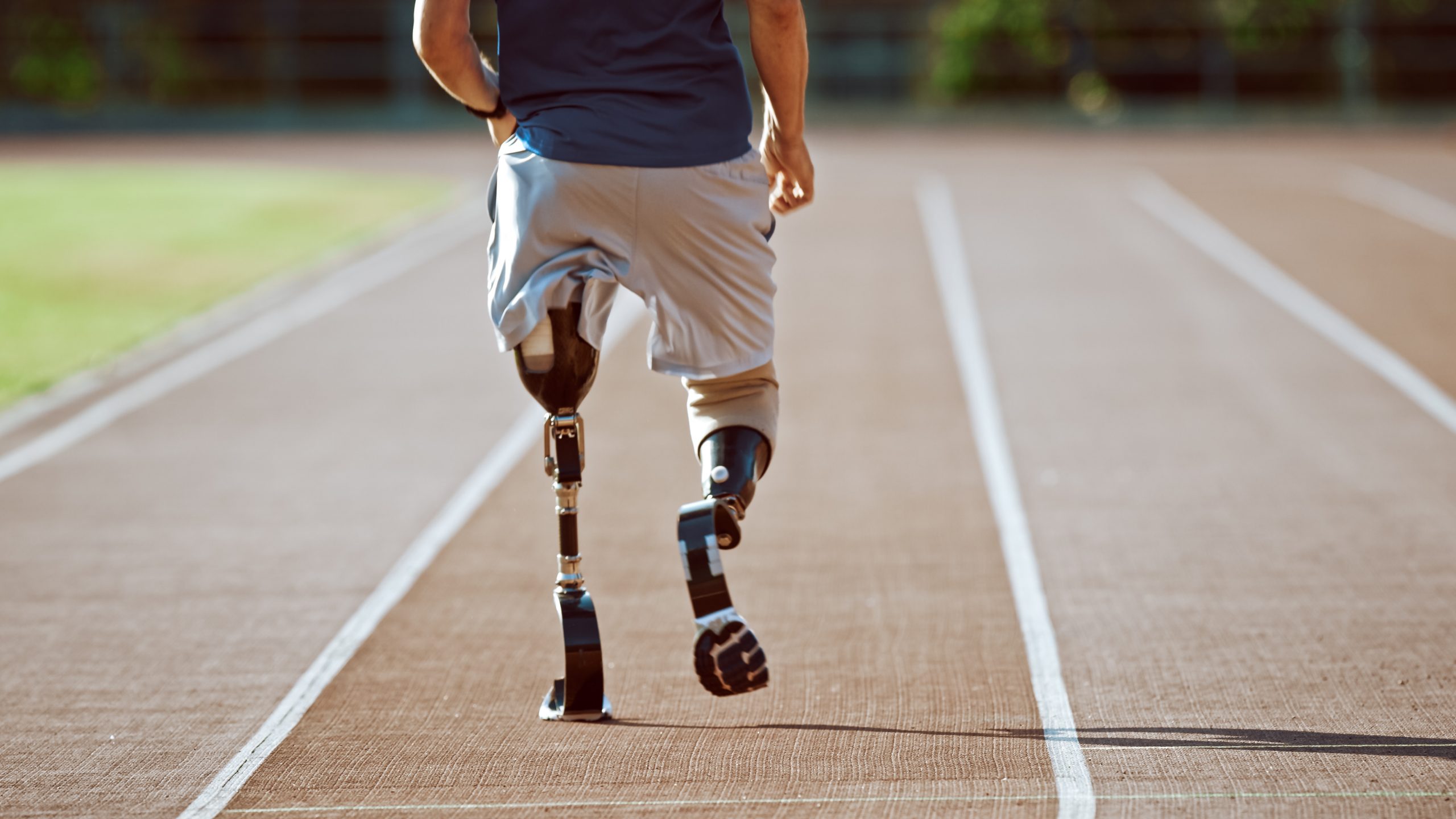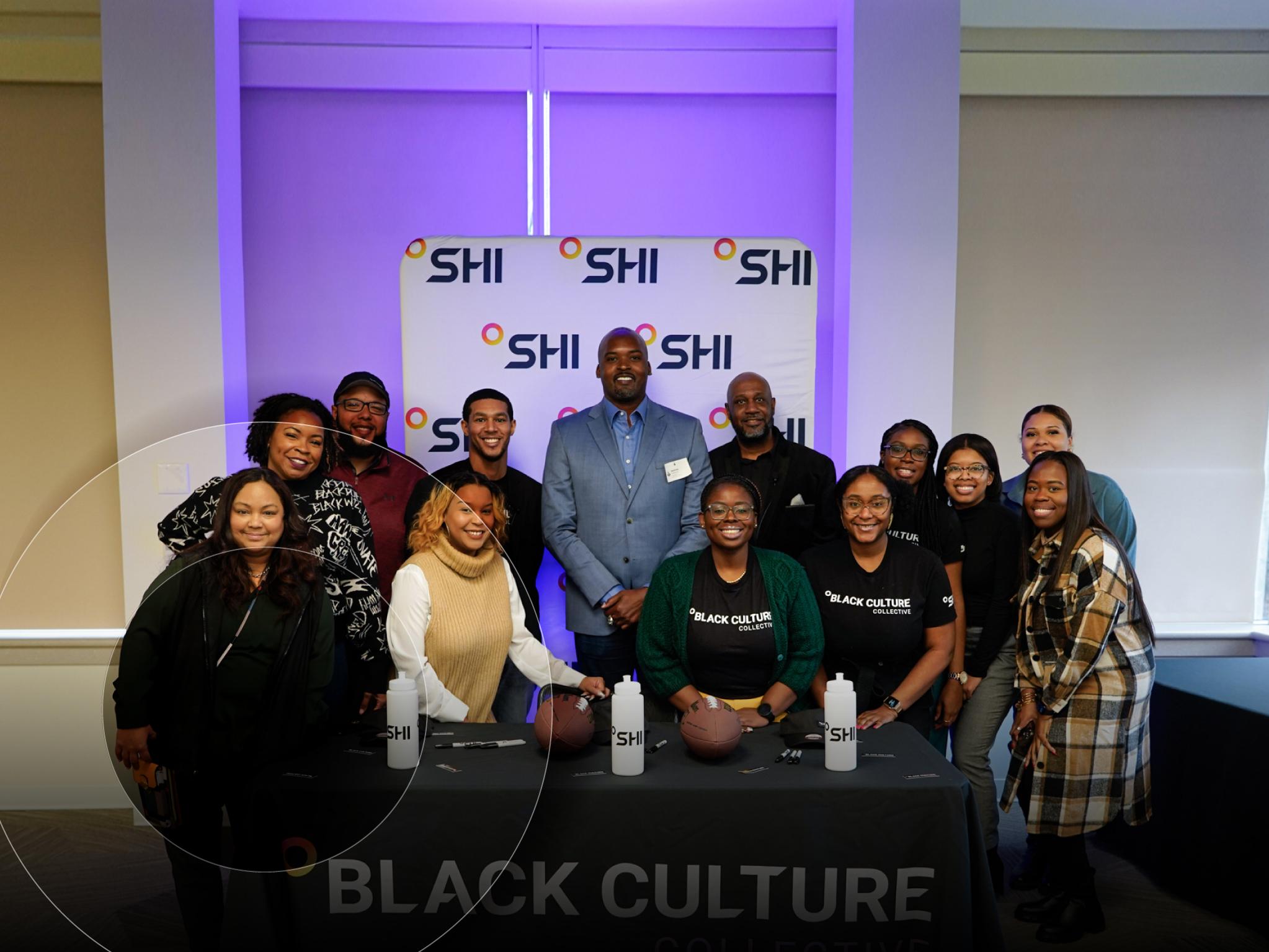How technology delivers on the promise of science fiction:
Something for the weekend: sci-fi technologies in everyday life

You know, as part of getting older you get to see and experience changes. Technology touches all of our lives, in just about every aspect, and has changed so much over my lifetime, especially over the last several years as the pace of change continues to accelerate. In a previous ‘something for the weekend’ post my SHI colleagues and I touched on this. We highlighted some examples where we’re still a little short of the panacea that science fiction predicted…for now. I’m going to expand on this a just a bit for your reading enjoyment, since it would be impossible to be comprehensive.
The dream of space travel
Let’s start with one of the seminal science fiction writers, Jules Verne, his 1865 novel From the Earth to the Moon and the follow-on, Around the Moon. I think, with the exception of some conspiracy theories, most of us are aware of the many trips that man has taken to and around the moon. While the actual trip was enabled by rockets and capsules instead of the space gun that Jules envisioned, as we look at sending people to Mars, Jules’ vision of sending humans to the moon has been realized, and then some. Space flight, both orbital and interplanetary, are realities today.
While we’re on the topic, let’s look at Stanley Kubrik’s 2001: A Space Odyssey. Made in 1968, this collaboration between Kubrick and Arthur C. Clarke, another great name in science fiction, predicted many technological advancements. Some of these, namely voice/speech recognition, tablets, and artificial intelligence were covered in the previous blog, but another couple of notable predictions were consumer space travel and space stations. The movie happened to combine them, but certainly with Skylab, Mir, Tiangong, and now ISS the reality of orbital space living, albeit not for consumers yet, has been realized. The successful flights of Blue Origin and Virgin Galactic this year have brought us closer to the reality of consumer space travel.
Human augmentation
Let’s now jump forward a bit, and closer to home. The medical field touches all of us, and some predictions and advances more so than others. There are so many movies and novels and television shows that touch on artificial limbs, some are true fantasy, giving super-human strength or speed to their recipients (i.e., The Six Million Dollar Man, The Bionic Woman), some just restoring everyday life to people, as shown in The Empire Strikes Back.
There have been phenomenal advancements in prosthetics over the last several years that enable them to be controlled by the recipient’s nerves – bringing this life changing fantasy closer to reality for so many. The artificial heart that Jean Luc Picard had in Star Trek – The Next Generation is another example. While not a permanent solution as Captain Picard had, they can sustain patients for several years while a matching donor is found.
There are many other medical miracles that, while they aren’t quite what they are in the movies, still deliver on that vision. One could argue that the medical scanner in Star Trek is akin to MRI and CT scans that let doctors see into the body with amazing clarity and without a single incision. Artificial skin (not the bandage type depicted in The Mandalorian) is in clinical trials to take the place of skin grafts in certain instances and reduces the pain and trauma associated with traditional skin grafts.
Biometrics
Continuing the theme of man meets machine, biometrics have become a reality in our everyday lives. There are countless movies where biometrics are featured including the aforementioned (by me) Minority Report, but also other examples such as Sneakers, where they use voice imprints. There are many others – Blade Runner (retina scans), RoboCop (facial recognition), Demolition Man (voice recognition), Judge Dredd (voice recognition and DNA ID) …see I do watch more than Star Trek and Star Wars! All of these are fairly common now.
You probably use fingerprint and/or facial recognition on your phone, and you can even have facial recognition on your home security cameras. DNA ID is used routinely by police in crime scenes today, and is being tested for airport and border security, as well as military intelligence. Retinal scanning and voice recognition, while not common for home applications have been in place for some time in high security settings – mostly government related but becoming more common in the private sector.
Augmented Reality/Virtual Reality
AR/VR have made several appearances in movies and television. I would be remiss if I didn’t mention the holo-deck on Star Trek TNG, but there are so many more. Avatar, Tron, Lawnmower Man, The Matrix, Total Recall. Today’s AR/VR technology isn’t quite as immersive as these examples but is advancing rapidly. There are numerous equipment providers such as Oculus, Hololens, Vive, CastAR, Morpheus. Today AR/VR users are able to attend concerts virtually, to practice surgery, to train, to game, and so much more. AR/VR will impact our lives more and more as technologies such as 5G and edge computing continue to evolve and help deliver content and improve user experience.
Communications
I’ll leave you with this last thought. As 2020 drove us home, video calling like on the Jetsons, 2001: A Space Odyssey, Back to the Future II, et al, and video meetings such as those imagined by Jules Verne going back as far as 1879 in Punch’s Almanack, as well as other Sci-Fi works such as Star Trek and Star Wars (of course), Big Bang Theory, The Matrix, and many others, were our lifeline to the world beyond our doorstep!
There are real life examples of video calling technologies, with experiments going back as far as 1927, and with Bell himself speculating on it. I used both Duo for Android/Apple as well as Apple’s Facetime for video calling in the last year. SHI and our customers used and continue to use WebEx, Teams, Zoom, BlueJeans, Google or other video conference technologies to interact with our colleagues, and most importantly our customers.




